Advertisement
Artificial Intelligence has been the buzzword dominating every corner of tech since late 2022. From startups branding everything as “AI-powered” to legacy companies retrofitting AI features into their platforms, it’s been impossible to ignore. But the AI conversation today feels... different. The excitement has dulled, the headlines are becoming repetitive, and users are growing skeptical.
Have we already reached peak AI?
While AI isn’t going anywhere, there are compelling signs that we’ve hit the top of the hype cycle—and now, the real test is whether it can live up to expectations. Let’s explore seven key signals that suggest we’re no longer climbing, but plateauing.
Tech Twitter and AI Reddit communities may still be buzzing, but the mainstream audience is less captivated. Beyond ChatGPT and a few viral AI art tools, most everyday users aren’t deeply engaged with AI developments. For them, the novelty wore off quickly—or never landed in the first place.
According to a 2023 Pew Research study, over half of Americans (52%) said they were more concerned than excited about AI, up significantly from just two years prior. Enthusiasm has dropped while skepticism has risen. Outside the tech echo chamber, AI still feels like a mystery, or worse—something to be wary of.
When new tech no longer inspires curiosity among the general population, it’s a pretty strong sign the hype is cooling.

Let’s be honest: while a few AI tools like ChatGPT, Midjourney, and Grammarly have proven consistently useful, most AI-powered apps fall flat. The marketplace is flooded with half-baked tools launched in a rush to capitalize on AI trends.
Many of them offer minimal differentiation or are simply reskinned versions of open-source models with a slick interface. Worse, they often lack updates, perform inconsistently, or are completely unnecessary.
The signal is clear: if your “AI tool” can’t do something significantly better or faster than an existing alternative, it’s just noise. And the noise is getting louder—and more annoying—for users.
You know the saying: just because you can, doesn’t mean you should. This applies perfectly to the wave of forced AI integrations we’re seeing in mainstream products.
From word processors that now “suggest tone-enhancing edits,” to camera apps that replace skies with sunsets, many of these features are more flash than function. In creative software, especially, the AI “upgrade” often clutters the interface or duplicates a function users didn’t even want.
The problem? Companies are stuffing AI into their products just to say they have it, rather than solving real user problems. As users catch on, they’re starting to reject these gimmicks—and question whether “AI-powered” even means anything valuable.
In 2023, labeling a product as “AI-powered” was marketing gold. Now? It barely moves the needle. Consumers have become numb to the buzzword. They don’t care how something works, just that it does.
Whether the feature runs on AI or not matters less than whether it’s useful, reliable, and efficient. In fact, some consumers are growing suspicious of tools that over-emphasize their AI credentials, especially in sensitive contexts like education, healthcare, or content creation.
While “AI” might still resonate in B2B settings, the shine has worn off in consumer markets. And that’s a big sign that the technology’s honeymoon period is ending.
AI fatigue isn’t just a meme—it’s a real emotional reaction to being overloaded with constant AI news, updates, and debates. From doomsday predictions to daily releases of new AI art tools, it’s been a relentless firehose of information.
Even among tech enthusiasts, there’s a growing sense of being burned out on AI hype. If everything is revolutionary, nothing really is. The human brain can only absorb so many “breakthroughs” before becoming numb to it all.
This fatigue isn’t about rejecting AI—it’s about wanting the conversation to evolve beyond buzzwords, gimmicks, and the constant stream of half-baked products.

The early days of AI hype were filled with bold claims: AI will replace writers, developers, artists, doctors—you name it. But now, more people are realizing something crucial: AI is a tool, not a miracle.
Users are learning that it still takes effort to get good results. Prompt engineering is a skill. AI-generated content needs editing. And even the best models can hallucinate or make mistakes.
The narrative has shifted. People are beginning to understand that AI complements, rather than replaces, human skills. This more balanced view signals that the hype has matured—and in doing so, lost some of its sparkle.
We’re not seeing groundbreaking new AI models released every few months like we did in early 2023. While updates and improvements continue, many of the biggest players—OpenAI, Google, Anthropic—are refining what they’ve already built rather than unveiling brand-new models.
Even among startups, innovation has plateaued. Most new releases are repackaged versions of the same foundational models. Sure, GPT-5 and Gemini Ultra may arrive eventually, but the explosive pace of new AI breakthroughs has clearly cooled.
That doesn’t mean the field is stagnant—but it does mean we’ve left the explosive “gold rush” phase. From here on, it’s more about steady progress than shocking leaps.
Artificial intelligence is still one of the most powerful technological shifts of our time. But like all hype cycles, it eventually had to peak. And there’s a growing body of evidence suggesting that we’re already on the other side of that peak.
The good news? That’s not a bad thing.
With the frenzy behind us, we can now focus on what truly matters: making AI more useful, ethical, accessible, and sustainable. The noise is fading, and the real work can begin. We’re moving from novelty to utility. From hype to value. And that’s a necessary—and healthy—shift for any transformative technology.
Advertisement
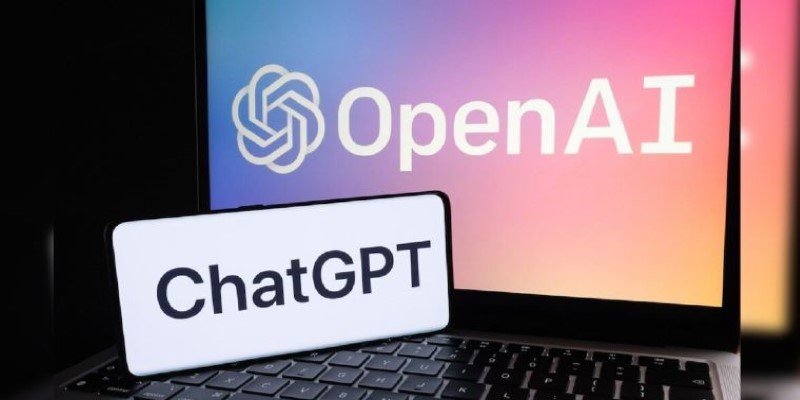
Worried about downloading the wrong app? Here's how to spot fake ChatGPT apps on the Apple App Store and make sure you're using the official version

Curious about how to quickly access ChatGPT on your Android device? Discover how to set up the ChatGPT widget and enjoy seamless AI-powered conversations anytime.

OpenAI’s new model writes human-like content and helps users create stories, blogs, and poems with a natural flow.

Curious about Claude 3? This guide breaks down what Claude 3 is, how it works, and the many ways you can use it—from writing help to coding and studying
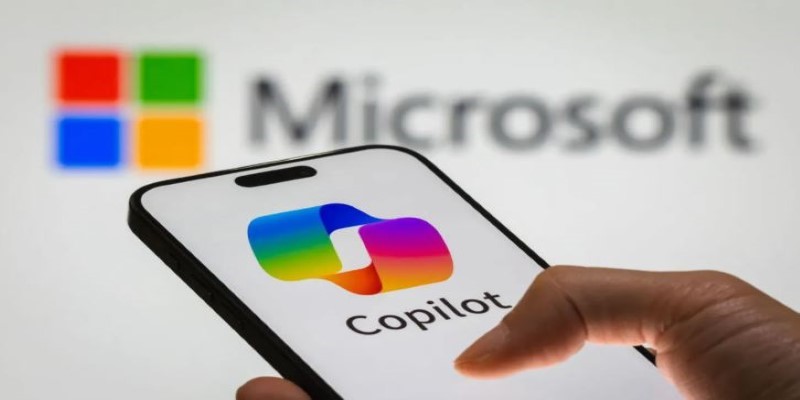
How to use Microsoft's Copilot Image Creator to generate unique AI images from text descriptions. Explore step-by-step instructions and real-life applications of this powerful tool
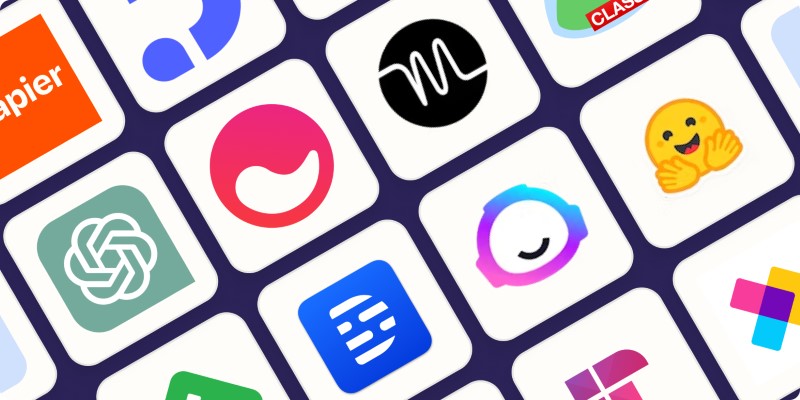
Discover the best AI search engines and tools to search the web smarter in 2025. Find what you need faster with these AI-powered web search platforms
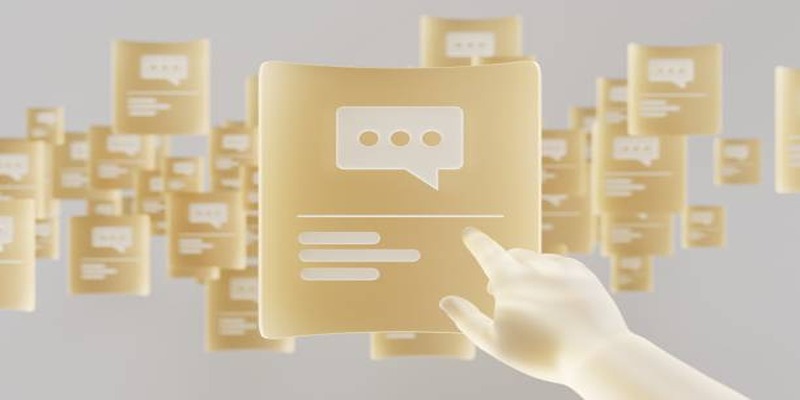
How AI-driven chatbots can streamline business operations, improve efficiency, and boost customer satisfaction effectively.
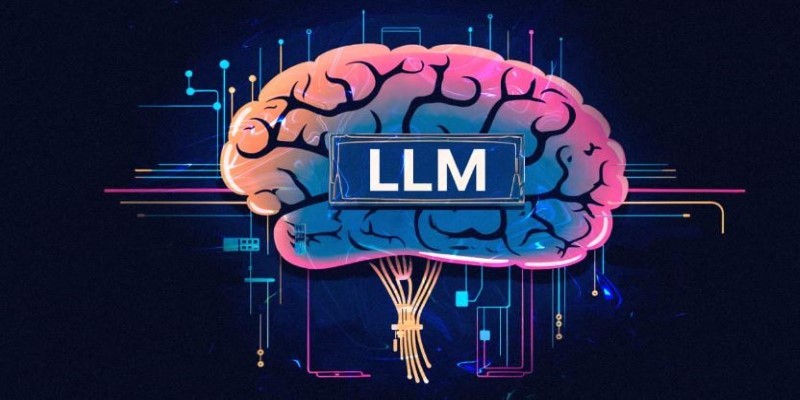
LAMs (Large Action Models) are the next evolution after LLMs, built to take actions instead of just generating text—but they still have a long way to go
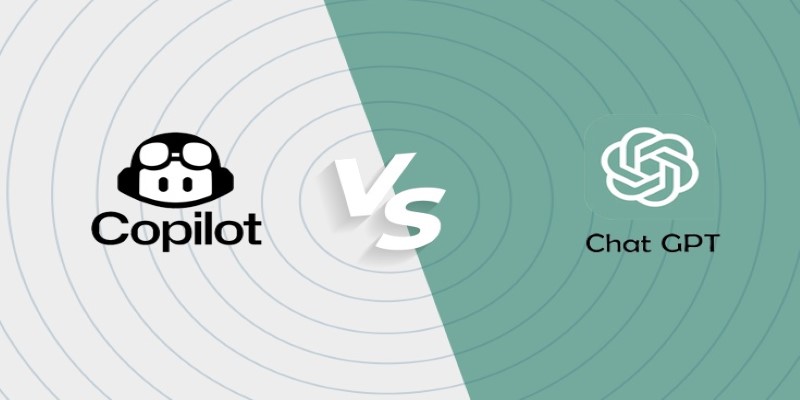
GitHub Copilot vs. ChatGPT — which one is better for programming tasks? Here's a simple breakdown of what each AI tool offers to coders, from beginners to pros
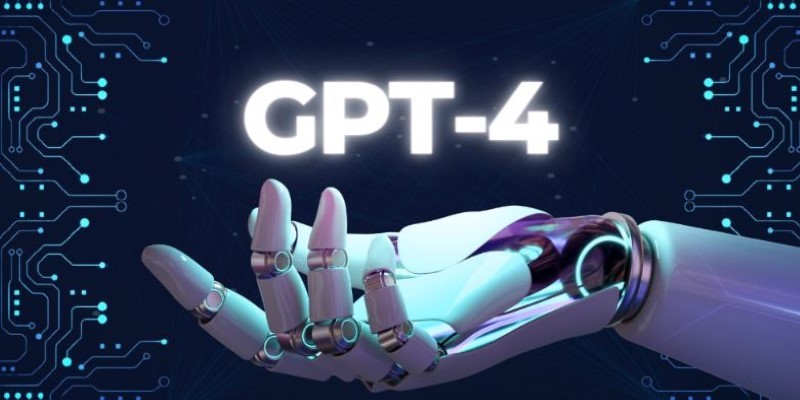
GPT-4 is now free for everyone, but there are still six key reasons to keep using ChatGPT Plus. Discover how you can get more speed, priority access, and extra features with a Plus subscription
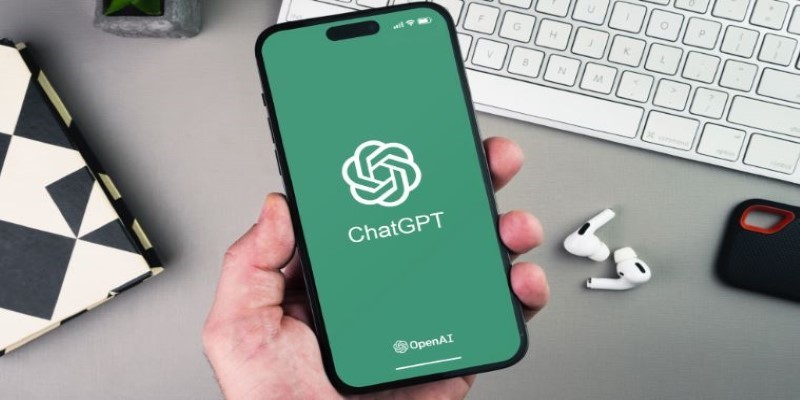
Using ChatGPT daily? These 10 UI improvements could make your experience smoother, faster, and more organized. Here’s what users really want
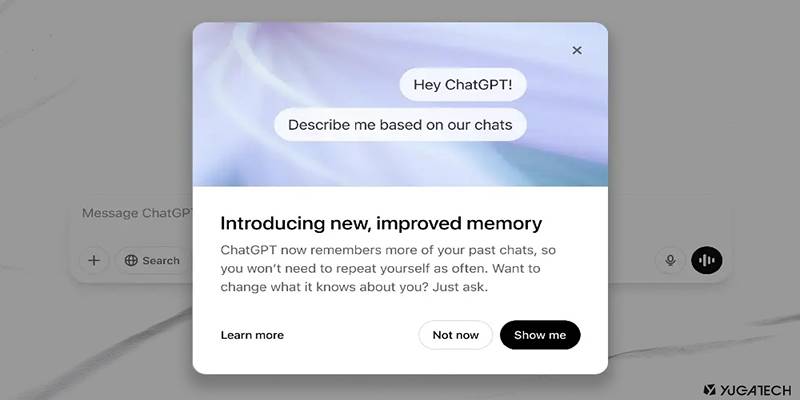
Discover how ChatGPT’s memory helps tailor responses to your preferences, making every chat smarter and more relevant.